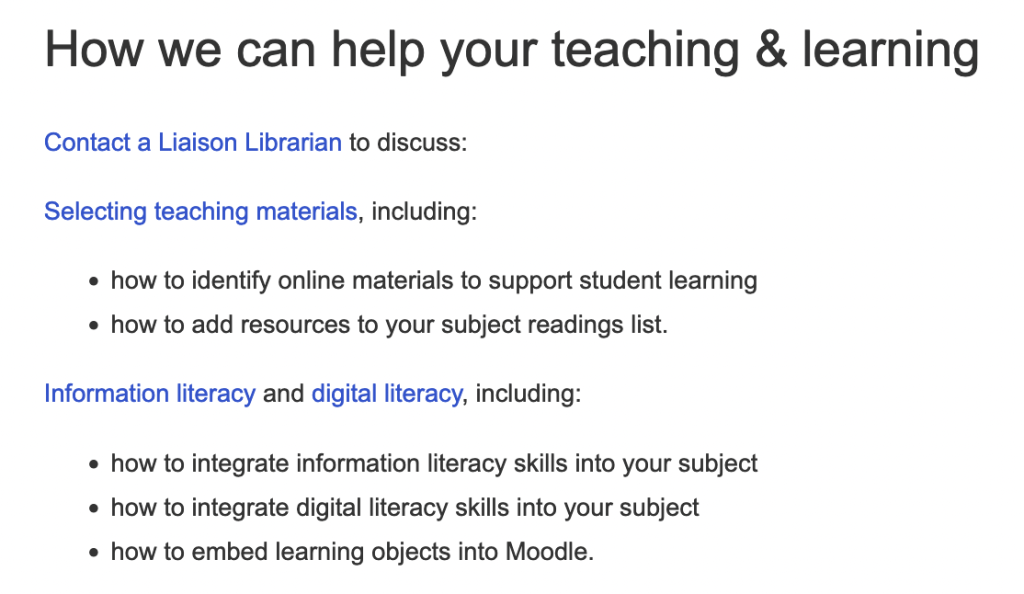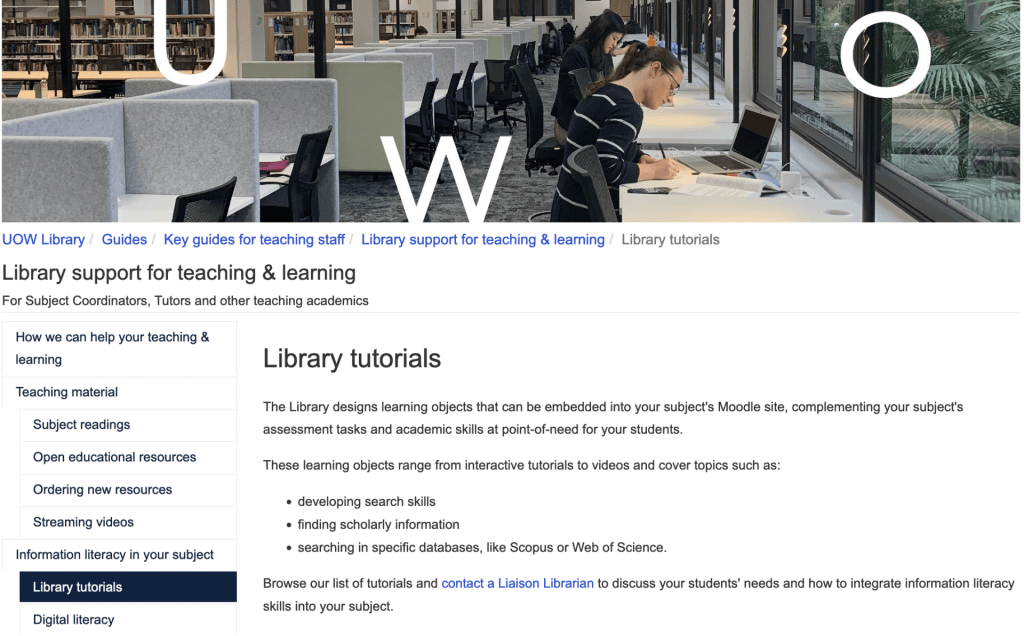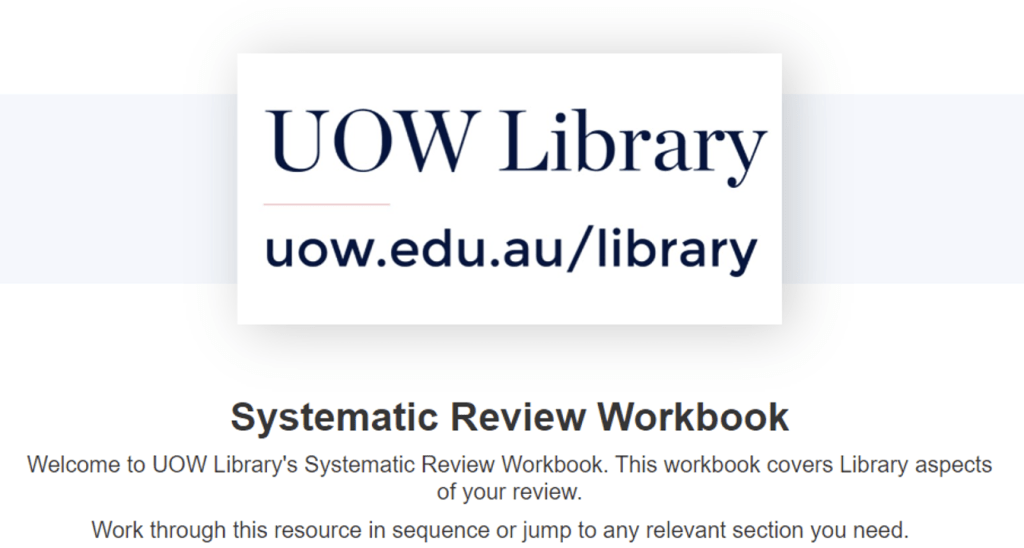By Christina Salopek, University of Wollongong (UOW) Library. csalopek@uow.edu.au
Collaboration. Problem solving. Digital creation. Information literacy. User experience. These words, and more, are topics that inspired and motivated me to apply for a 12-month secondment position in 2021 within the UOW Library’s Learning and Engagement team (L&E) – and, what a team! Never one to shy away from embracing opportunities of new ways of thinking and new ways of learning, I was curious to learn:
(a) How does the Library L&E team iterate, develop and deliver digital learning resources?
(b) What skills, attributes and priorities are required to be successful in the position?
I was inspired by UOW Library’s Thriving Library Capabilities Framework, which guided me on the capabilities that I would need to apply effectively on a daily basis during my secondment. The capabilities of particular relevance to me were collaboration and communication.
Collaboration, Communication and Information Literacy
Early in my secondment, it became apparent that Tuesday would be my favourite day of the working week. Why? Tuesday was the day the entire team were in the office to discuss and work collaboratively on, for example, identifying gaps in relation to student information and digital literacy; and work on, or plan, any ongoing and/or future projects to support teaching and learning.

Ongoing collaboration and communication, integral to the L&E role, were essential capabilities that provided me with a deeper insight and the practical hands-on experience I needed, to understand the tools and techniques the team applied in creating inclusive, pedagogical, online library tutorials for diverse cohorts. Brainstorming, analysing Chat transcripts and LibGuide analytics, liaising with other library team members and connecting and fostering partnerships with library stakeholders, including teaching staff and members from the Faculty of Education Committees; were just some of the capabilities I acquired (and applied) in collaboratively developing creative, online library tutorials.

For example, an outcome from one of my earliest Tuesday brainstorming sessions was the iteration of an infographic targeting students new to academic research, outlining the benefits and limitations of library databases and non-library databases. For me, Tuesday brainstorming sessions not only highlighted the collaborative aspect of the role and the contribution the team has made towards UOW’s blended learning enhancement initiative. It also provided me with the opportunity to share my insights and experiences from working in various capacities within an academic library, towards actively contributing to and designing an accessible online learning resource.
Digital creation, problem solving and user experience
I love user experience (UX). I have been a long-time member of the Library UX Community of Practice. As such, user experience and my interest in designing with the user in mind is just one of the (many) reasons I applied for the L&E secondment. The team’s commitment in designing and delivering user-focused, accessible and equitable online learning resources was an opportunity for me to apply the knowledge I acquired as a result of my UX interest.
For example, I collaborated with my L&E colleague Cate Slater in the re-design of the Library Systematic Literature Review Workbook (H5P). It was my first foray into using the H5P format in which I contributed by creating online content and interactive activities, with the purpose of delivering a sustainable and pedagogical solution based on the user needs and interactions from students and teaching staff.

Key takeaways
There are so many key takeaways to draw from my secondment in the Learning and Engagement team. However, in a nutshell, I have learnt from my team (Nick Zografos, Susan Jones and Cate Slater) that:
- Communication, collaboration and partnerships with academic teaching staff are integral to the role and to understanding the user needs of the wider UOW Learning and Teaching community
- Creativity, applying best practice for pedagogical solutions and keeping up to date with learning technologies are important to ensure students develop the digital and information literacy skills required for success in their studies and careers
- Tuesday is still my favourite day of the working week!
